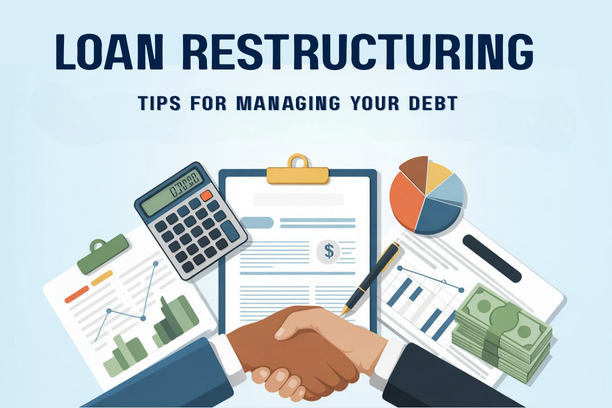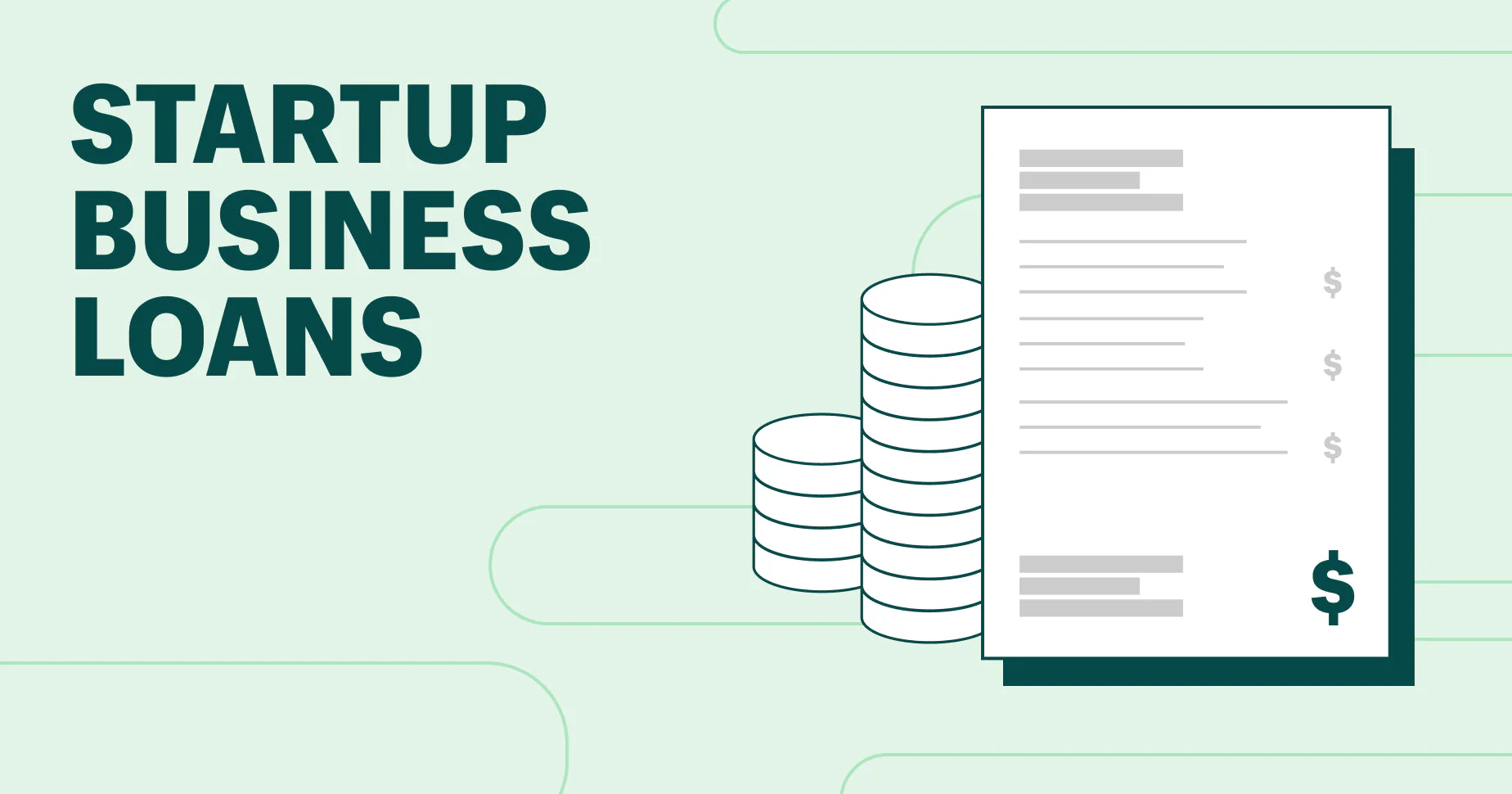Acquiring a home is a dream for many Filipinos, representing not just a physical space, but a major life milestone and a legacy for the family. For most, this dream is realized through a home loan, a powerful financial tool that makes property ownership accessible. However, with numerous banks and financial institutions offering home loan products, navigating the market can be overwhelming. Each lender has unique interest rates, eligibility requirements, and loan features that can make a huge difference in your monthly payments and the total cost of the loan. This guide is designed to provide you with a detailed breakdown of the Top Installment-Based Home Loan Options in the Philippines, helping you compare and choose the right partner for your journey to homeownership.
1. A Strategic Overview of the Philippine Home Loan Market
The Philippine home loan market is dominated by a few key players, including major commercial banks and a government-backed institution. These institutions have developed a variety of home loan products to cater to different segments of the market, from first-time homebuyers to Overseas Filipino Workers (OFWs) and real estate investors. A strategic approach to securing a home loan requires more than just looking for the lowest interest rate; it involves understanding the full loan package, including the loan terms, required down payment, and fees.
The Role of Major Banks in Property Financing
Major commercial banks such as BDO, BPI, and Metrobank are the primary sources of home loans for most Filipinos. These banks are known for their stable interest rates, extensive branch networks, and a wide range of loan products that can be customized to suit a borrower’s needs. The interest rates offered by these banks are often very competitive and are typically presented as a fixed rate for a specific period (e.g., 1, 3, or 5 years) before shifting to a variable rate. The eligibility requirements for a bank home loan are generally stricter than those of other lenders, as they require a more thorough credit check and a detailed assessment of the borrower’s income and financial history. To qualify for a bank home loan, an applicant must have a stable source of income, a good credit history, and a down payment of at least 20% of the property’s value. The loan-to-value (LTV) ratio for bank loans is often capped at 80%, which means a buyer needs to fund at least 20% of the property price out of pocket. For borrowers with an existing relationship with a bank, the application process can be much more seamless and may even come with a more favorable interest rate.

The competitive landscape among these banks has led to the creation of innovative loan products and value-added services. For example, some banks offer all-in financing, where loan-related fees and insurance premiums can be rolled into the loan amount. Others provide a home loan that comes with a built-in fire and mortgage redemption insurance, giving the borrower peace of mind. For Overseas Filipino Workers (OFWs), who are a significant segment of the market, banks have created specialized loan packages with requirements that cater to their unique employment situation. These packages often require a more extensive set of documents, such as a valid employment contract and a history of remittance, and may also require a co-borrower or a Special Power of Attorney (SPA) to manage the loan on their behalf. The wide array of products and services from major banks makes them a powerful option for any borrower looking for a home loan.
2. A Deep Dive into Key Home Loan Products
To make an informed decision, it’s essential to look at the specifics of what the most popular lenders are offering. A side-by-side comparison of their rates, terms, and unique features can help you determine which loan best aligns with your financial goals and personal circumstances.
Pag-IBIG Fund: The Government’s Affordable Housing Solution
The Pag-IBIG Fund (Home Development Mutual Fund) is a government-backed institution that provides affordable and long-term financing for its members. The Pag-IBIG home loan is often considered one of the Top Installment-Based Home Loan Options in the Philippines, especially for low-to-middle-income Filipinos. The primary advantage of a Pag-IBIG home loan is its significantly lower interest rates and flexible loan terms, which can be extended up to 30 years. The loanable amount depends on the borrower’s monthly contributions and income, with a maximum loanable amount of up to PHP 6 million. The eligibility requirements for a Pag-IBIG home loan are generally more lenient than those of commercial banks, as it is designed to be accessible to a broader population. To qualify, an applicant must be an active Pag-IBIG member with at least 24 months of total savings and must not be a defaulting borrower on any other Pag-IBIG loan. The required down payment is also lower, with an LTV ratio of up to 90% for some loan packages. This means a borrower may only need a 10% down payment to purchase a property.
The Pag-IBIG home loan is not just for purchasing a new home; it can also be used for a variety of purposes, including house construction, home improvement, and even refinancing an existing home loan with a different institution. The application process for a Pag-IBIG home loan is also relatively straightforward, and the fund has numerous branches and online services to assist members. The interest rates for a Pag-IBIG loan are fixed for a certain period, with options ranging from 1 to 30 years. The interest rate is much lower than that of commercial banks, often starting at a very low rate, making the monthly amortization very affordable. The Pag-IBIG Fund is a powerful alternative for a borrower who may not qualify for a bank loan or who is looking for the most affordable option on the market. It is a testament to the government’s commitment to providing housing opportunities for every Filipino.
BDO, BPI, and Metrobank: The Commercial Bank Giants
For those with a strong financial profile and a stable income, the home loan products from major commercial banks are an excellent choice. BDO, BPI, and Metrobank are known for their competitive interest rates and flexible loan terms. BDO, for instance, offers a comprehensive home loan package with interest rates that are often at the low end of the market, especially for a short-term fixed period. Their loan-to-value (LTV) ratio is typically up to 80%, and they offer loan terms that can go up to 25 years. BDO is also known for its efficient application process and a wide network of accredited developers, which can make the process of buying a new home from a reputable developer much easier. BPI, on the other hand, is known for its straightforward and transparent home loan products. Their interest rates are also very competitive, and they offer a variety of loan terms up to 20 years. BPI’s strong reputation for customer service and its user-friendly digital banking platform make the loan management process very convenient for its clients.
Metrobank is another major player that offers attractive home loan options with competitive rates and flexible terms. Metrobank’s loan products are designed to cater to various needs, from purchasing a new property to home renovation and refinancing. They also have a reputation for providing personalized service and may be more flexible in their requirements for certain borrowers. When comparing these three banks, it’s important to note that their interest rates, while competitive, are subject to change based on market conditions. For this reason, a savvy borrower should always request a formal quote from each bank to get the most accurate and up-to-date figures. The key to securing the best deal with these banks is to have a strong and well-documented financial profile, as this gives you a better negotiating position and makes the approval process much faster.
3. Key Factors for Choosing the Right Home Loan
Beyond the interest rate, there are several other critical factors that you should consider when choosing among the Top Installment-Based Home Loan Options in the Philippines. Taking these factors into account will help you select a loan that not only has a low interest rate but also fits your long-term financial plan.
Interest Rate, Loan Term, and Down Payment
The three most important factors in any home loan are the interest rate, the loan term, and the required down payment. The interest rate determines the total cost of your loan, while the loan term affects your monthly amortization. A shorter loan term will result in higher monthly payments but will save you a substantial amount in total interest paid over time. Conversely, a longer loan term will have a lower monthly amortization, making it more affordable in the short term, but you will end up paying much more in interest over the life of the loan. The down payment is the amount of money you must pay upfront, and it is directly related to the bank’s Loan-to-Value (LTV) ratio. A lower LTV ratio means a larger down payment is required, but it can also result in a lower interest rate, as a larger down payment reduces the bank’s risk.
When evaluating a loan offer, it’s also crucial to understand the difference between a fixed-rate and a variable-rate loan. A fixed-rate loan has an interest rate that remains constant for a set period (e.g., 1, 3, or 5 years), providing stability and predictability in your monthly payments. A variable-rate loan, on the other hand, has an interest rate that can fluctuate based on market conditions, which means your monthly payments can go up or down. A variable-rate loan can be a good option if you expect interest rates to fall in the future, but it also carries the risk of a significant increase in your monthly payments if interest rates rise. The best loan option for you will depend on your personal financial situation, your risk tolerance, and your long-term financial goals.
The Importance of Fees and the Application Process
Another critical factor that many borrowers overlook is the fees and charges associated with a home loan. These can add thousands of pesos to your upfront costs. A loan with a seemingly low interest rate may have high processing fees, appraisal fees, or notarial fees that make it more expensive than a loan with a slightly higher interest rate but lower fees. Always ask for a complete breakdown of all the fees and charges from your lender before you sign any documents. The application process is another important factor to consider. Some banks are known for their fast and efficient application process, with pre-approvals in as little as 24 hours. Others may have a longer and more rigorous process. If you need a loan approved quickly, an efficient application process can be a decisive factor.
A good application process is also defined by the level of customer support and the ease of submitting the required documents. Some banks have user-friendly online portals where you can upload your documents, while others may require you to visit a physical branch multiple times. For OFWs, the ability to apply online or through a representative in the Philippines can be a major convenience. The best home loan option for you is one that not only offers a competitive rate but also has a transparent fee structure and an application process that is convenient and stress-free.
Conclusion
Choosing a home loan is a major decision that requires careful consideration of all your options. The Top Installment-Based Home Loan Options in the Philippines offer a diverse range of products, from the affordable and government-backed Pag-IBIG Fund loan to the competitive and flexible options from commercial banks like BDO, BPI, and Metrobank. By understanding the key features, interest rates, eligibility requirements, and fees of each loan, you can confidently compare your choices and find the perfect financial partner to help you achieve your dream of homeownership. The key is to be prepared, do your research, and choose a loan that aligns with your financial goals and personal needs.













